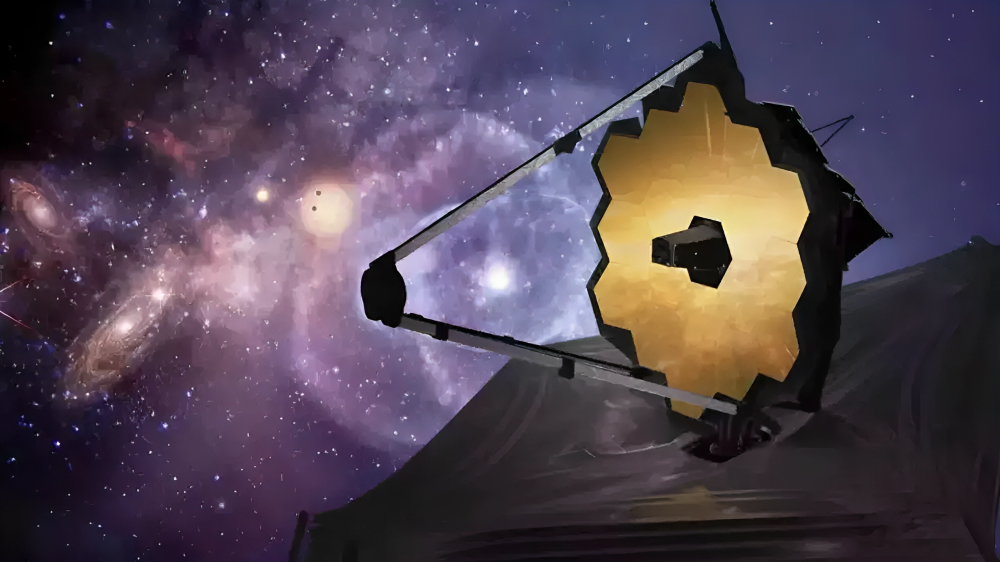NASA’s Webb and Hubble Telescopes Confirm Cosmic Expansion, Deepening Astronomical Mystery

Image Source: The Times of India
In an indisputable discovery, the new James Webb Telescope of NASA (JWST) together with the legendary Hubble Space Telescope unequivocally verify the ongoing expansion of the universe, pulling astronomers even further into the mysterious world of cosmic evolution. The discovery, made at a press conference held at NASA HQ, ushers in a new era of human understanding of the universe, while simultaneously giving rise to complicated legacy questions.
The universe’s expansion has been recognized by scientists for several decades. This idea was first proposed by the famous astronomer Edwin Hubble in the 1920s. Hubble’s observations show that galaxies are accelerating away from each other as distance increases, resulting in an exponentially larger universe. However, the amount and rate of expansion remain unknown, causing astronomers to use every smart instrument possible to solve this cosmic puzzle.
This achievement represents the ultimate proof of astronomical technology, boasting unmatched sensitivity and resolution. Together with its predecessor, the Hubble Space Telescope, JWST undertook a bold mission to explore faraway galaxies and unveil the nature of space itself.
Astronomers have analyzed data collected over several months and confirmed with the highest-ever precision that indeed the universe is expanding, as previously established by Hubble nearly a hundred years ago. What distinguishes this from others is the detailed insight given by JWST into subtle changes in expansion rates across various regions of the cosmos.
“With unprecedented clarity, we are seeing how the universe is expanding through JWST and Hubble working together,” observed Dr. Sarah Patel, who leads this study. “This detailed ballet of receding galaxies offers us a glimpse into an evolving cosmos.”
It seems that Webb’s initial results corresponded to those of Hubble, but the SHOES team, after studying both results, declared them to be reliable as cosmic distance markers. There was a concern about Stellar crowding affecting distant star measurements, but Webb’s advanced infrared vision has eliminated this issue by making distant stars visible even in stellar crowding. This is an extremely vital advancement in climbing the stairs of the cosmic ladder.
Along with Hubble and Webb, other observatories are also in line to make their discoveries in this vast cosmic expansion. The findings of these two telescopes build a bridge between the cosmic timeline and Planck’s measurements, although many other questions are yet to be answered between this bridge.
Team Profile

Latest entries
 Business & Economy11 April 2024Good News for IT Workers with Hopes of a Definitive Reduction in Layoffs
Business & Economy11 April 2024Good News for IT Workers with Hopes of a Definitive Reduction in Layoffs English10 April 2024India Displayed a Striking Increase in Web3 Adoption; Statistics Show Sector Growth – Report
English10 April 2024India Displayed a Striking Increase in Web3 Adoption; Statistics Show Sector Growth – Report Business & Economy9 April 2024Tata Group in Advanced Talks to Acquire Pegatron’s iPhone Plant in India
Business & Economy9 April 2024Tata Group in Advanced Talks to Acquire Pegatron’s iPhone Plant in India Business & Economy7 April 2024Tech Layoffs in 2024 Continue to Expand Brutally and will Continue the Same Trend in 2024
Business & Economy7 April 2024Tech Layoffs in 2024 Continue to Expand Brutally and will Continue the Same Trend in 2024









